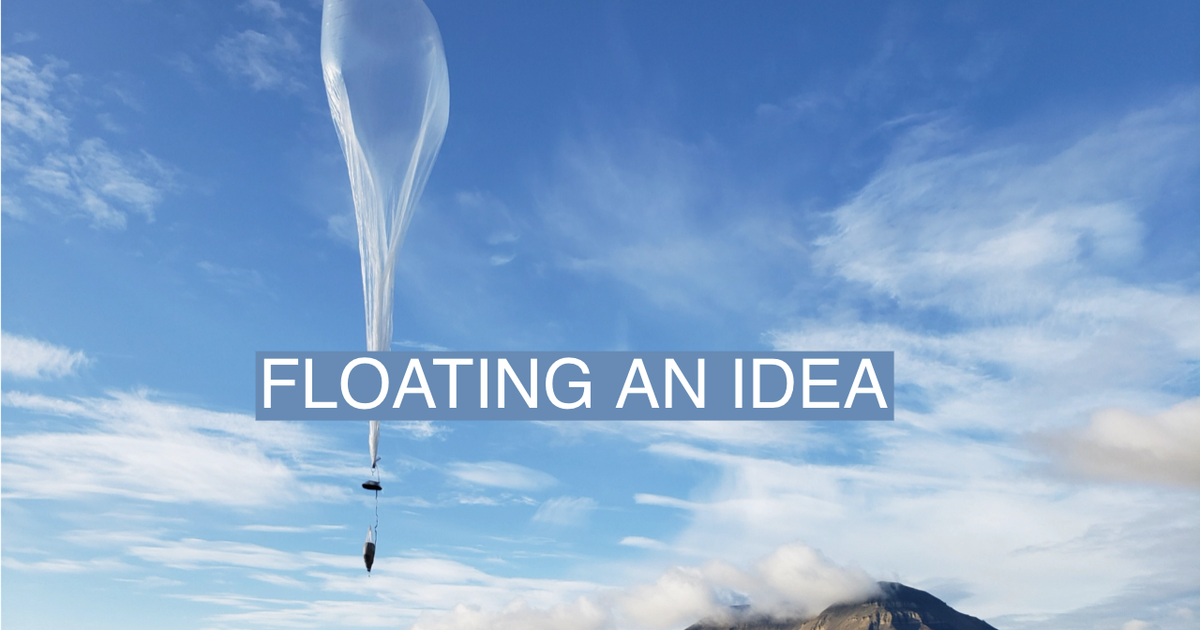WindBorne’s WeatherMesh system leverages two prominent technology trends: the rapid advancement of AI algorithms and the significant reduction in the cost and size of computer hardware and wireless equipment.
The company’s weather balloons, which are manufactured at a cost comparable to that of an affordable mobile phone, have the capability to circumnavigate the globe for extended periods, utilizing AI for precise path control. WindBorne boasts the world’s largest array of weather balloons and aims to expand it drastically to 10,000 balloons, granting this small startup a level of insight into the earth’s weather systems comparable to well-funded government entities.
Co-founder Kai Marshland stated, “To the best of my knowledge, this positions us as the pioneering company implementing AI-driven weather forecasting on a large scale in practical scenarios.” WindBorne targets a diverse clientele, ranging from maritime shipping firms to energy traders, offering its forecasts. Additionally, the technology can furnish valuable insights to climate researchers and assist businesses in fuel conservation, consequently reducing emissions.
Conventional computer-based weather predictions rely on physics models for creating atmospheric simulations, necessitating substantial computational resources and exhibiting slower performance in contrast to modern methodologies employing deep learning techniques.
In contrast to physics-based comprehension of atmospheric phenomena, deep learning processes vast datasets encompassing variables such as wind speed and barometric pressure to discern intricate patterns and signals imperceptible to humans. Once adequately trained, the model can analyze real-time weather data and forecast the likely trajectory of these metrics, independent of prior physics knowledge.
WindBorne asserts that its WeatherMesh model surpasses DeepMind’s accuracy by 11% in crucial forecasting parameters. An added advantage of employing deep learning over physics models is the efficiency and affordability in post-training operations, as these models can operate swiftly on standard computers following the initial training phase. WindBorne’s utilization of a transformer model, a deep learning innovation pioneered by Google and prevalent in large language models like ChatGPT, enables the projection of subsequent elements in a weather forecast.
The company intends to amalgamate deep learning with the physics model approach for a competitive edge. By utilizing exclusive data collected by its balloons, WindBorne plans to develop proprietary physics models for specific regions, subsequently using the model outputs as training data to enhance the precision of its deep-learning model, resulting in more detailed weather forecasts for targeted geographies.
Recently, WindBorne conducted a simulation to showcase the predictive capabilities of its WeatherMesh model in anticipating the trajectory of Hurricane Ian, a Category 5 storm that wrought havoc in the Southeastern U.S. in 2022. The model’s accuracy was so exceptional that initially, employees suspected an anomaly, speculating that the hurricane’s data might have influenced the training dataset, granting it an unfair advantage. However, subsequent verification revealed that the traditional models had an error margin of approximately 200 kilometers, underscoring the superior performance of WindBorne’s innovative approach.










